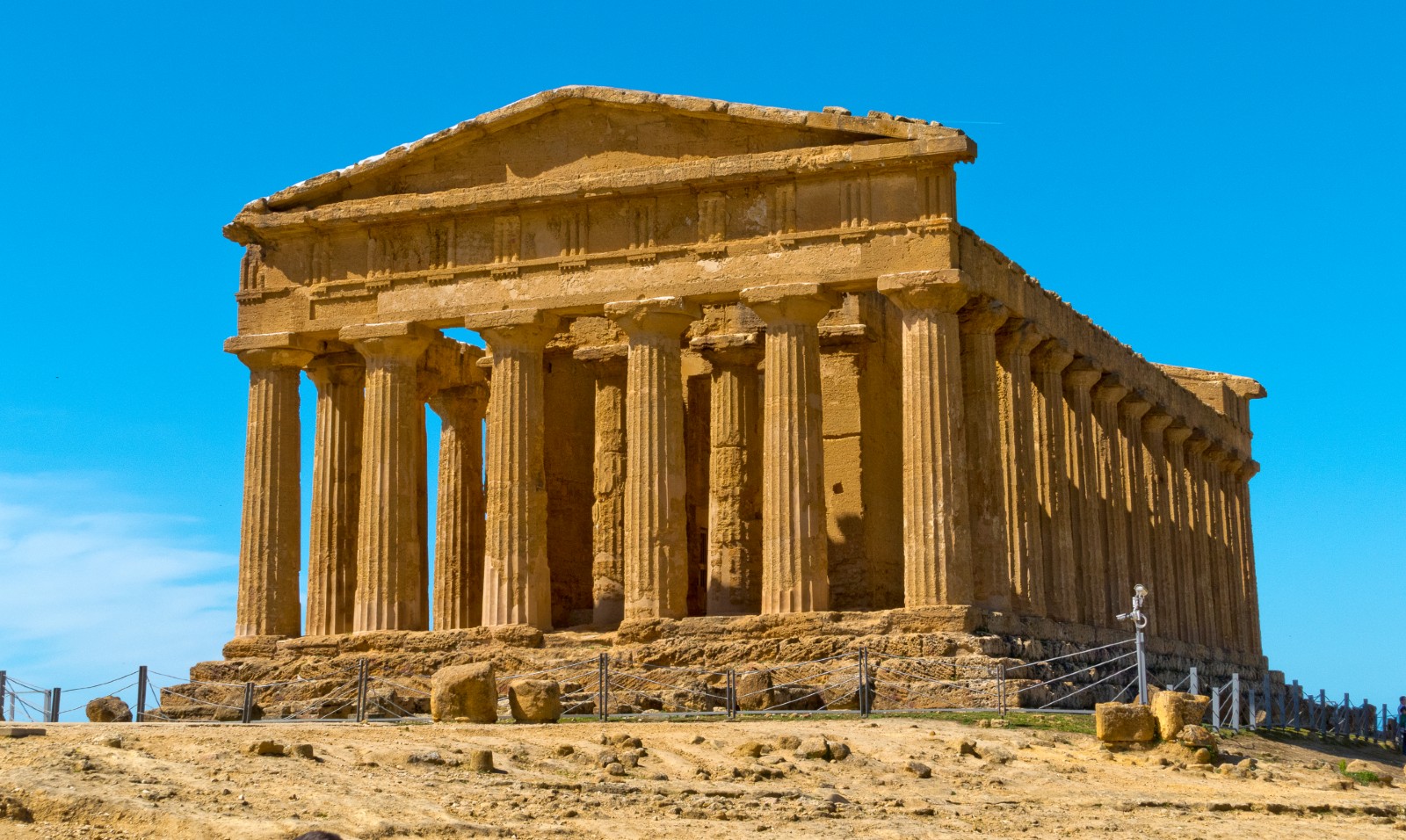The architecture of great civilizations and how it relates to us now

What architecture tells us about ancient civilizations: The architecture of ancient civilizations provides insights into the daily lives, belief systems, hierarchies, and aspirations of their people, as well as a sense of connection. Just look at the universal trend of leaving graffiti on ancient landmarks to get a sense of the human impulse to bear witness to the architecture created by great civilizations, and to leave our mark upon it. Seeing Roman graffiti on ancient Egyptian monuments reminds us that the people who lived 2000 years ago were like us in many essential ways.
Next time you go to a concert, remember the Greeks: Greek architecture is among the most distinctive in the world, with its wide columns, focus on symmetry, and aspects of ancient Greek mythology serving as decoration. Arguably the masterpieces of Greek architecture are temples built for worship of their pantheon, or the stadiums and theaters designed for competitions and plays. The ancient Greeks adapted temple design for their own use, but amphitheaters and stadiums were entirely their own innovation and among their unique contributions to world culture. To this day, many modern-day stadiums and similar structures are still modeled upon their design.
Phoenician architecture developed because of trade: The Phoenicians were dependent on sea trade, and this is reflected in their architecture. Recent excavations show that the Phoenicians constructed artificial harbors with rectangular docks carved out of natural rock. They were also known for fortifying their cities, building large dams, bridges, and gated walls. However, much of their construction was done in wood, which did not stand the test of time. What does remain? Stone temples, walls, and shrines, which can still be seen in cities like Beirut and Jerusalem.
Mayans and their “secular” buildings: Ancient Maya architecture made no particular distinction between religious and non-religious buildings. But Maya pyramids are rich in meaning and symbolism, consisting of nine exterior levels that represented the levels of the Maya underworld. Their palaces boasted intricate lattice work, and were also designed to visually depict the Maya view of the cosmos. Maya ballcourts were often deliberately positioned between the (symbolic) celestial and underworlds, while two teams would play the ballgame of Mesoamerica, competing to bounce a rubber ball through a single ring without the use of hands or feet. The stakes of this game were high, as losers could be sacrificed to the gods.